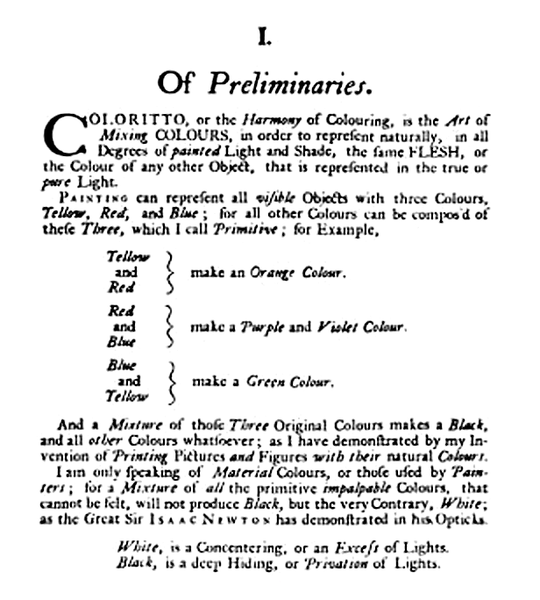Clarence Birdseye (1886–1956), U.S. – frozen food process
Clarence Frank Birdseye II (December 9, 1886 – October 7, 1956) was an Americaninventor, entrepreneur, and naturalist, and is considered to be the founder of the modern frozen food industry.
Early life[edit]
Clarence Birdseye was born in Brooklyn, New York, on December 9, 1886, the sixth of nine children of Clarence Frank Birdseye I and Ada Jane Underwood.[1] Birdseye was briefly a student at Amherst College, dropping out sometime around 1908 (the exact date is uncertain) due to financial difficulties. He subsequently moved west for the United States Agriculture Department.[citation needed]
Birdseye also worked in New Mexico and Arizona as an “assistant naturalist”, a job that involved killing off coyotes. [5] He also worked with entomologist Willard Van Orsdel King (1888-1970) in Montana, where, in 1910 and 1911, Birdseye captured several hundred small mammals, and King removed several thousand ticks for research, isolating them as the cause of Rocky Mountain spotted fever.
Birdseye's next field assignment, off and on from 1912 to 1915, was in Labrador in the Dominion of Newfoundland (now part of Canada), where he became further interested in food preservation by freezing, especially fast freezing. He was taught by the Inuit how to ice fishunder very thick ice. In -40°C weather, he discovered that the fish he caught froze almost instantly, and, when thawed, tasted fresh. He recognized immediately that the frozen seafood sold in New York was of lower quality than the frozen fish of Labrador, and saw that applying this knowledge would be lucrative. His journals from this period, which record these observations, are held in the Archives and Special Collections at Amherst College.
Conventional freezing methods of the time were commonly done at higher temperatures, and thus the freezing occurred much more slowly, giving ice crystals more time to grow. It is now known that fast freezing produces smaller ice crystals, which cause less damage to the tissue structure. When 'slow' frozen foods thaw, cellular fluids leak from the ice crystal-damaged tissue, giving the resulting food a mushy or dry consistency upon preparation. Birdseye solved this problem.
In 1922 Birdseye conducted fish-freezing experiments at the Clothel Refrigerating Company, and then established his own company, Birdseye Seafoods Inc., to freeze fish fillets with chilled air at -45°F (-43°C). In 1924 his company went bankrupt for lack of consumer interest in the product. That same year he developed an entirely new process for commercially viable quick-freezing: packing fish in cartons, then freezing the contents between two refrigerated surfaces under pressure. Birdseye created a new company, General Seafood Corporation, to promote this method.
Industrial development[edit]
In 1925 his General Seafood Corporation moved to Gloucester, Massachusetts. There it employed Birdseye's newest invention, the double belt freezer, in which cold brine chilled a pair of stainless steel belts carrying packaged fish, freezing the fish quickly. His invention was subsequently issued as US Patent #1,773,079, marking the beginning of today's frozen foods industry. Birdseye took out patents on other machinery, which cooled even more quickly, so that only small ice crystals could form and cell membranes were not damaged. In 1927 he began to extend the process beyond fish to quick-freezing of meat, poultry, fruit, and vegetables.
In 1929, Birdseye sold his company and patents for $22 million to Goldman Sachs and the Postum Company, which eventually becameGeneral Foods Corporation, and which founded the Birds Eye Frozen Food Company. Birdseye continued to work with the company, further developing frozen food technology. In 1930 the company began sales experiments in 18 retail stores around Springfield, Massachusetts, to test consumer acceptance of quick-frozen foods. The initial product line featured 26 items, including 18 cuts of frozen meat, spinach and peas, a variety of fruits and berries, blue point oysters, and fish fillets. Consumers liked the new products and today this is considered the birth of retail frozen foods. The "Birds Eye" name remains a leading frozen-food brand.
Death[edit]
Birdseye died on October 7, 1956, of a heart attack at the Gramercy Park Hotel. He was 69 years old.[6] Birdseye was cremated and his ashes were scattered at sea off Gloucester, Massachusetts.[citation needed]
In 2012 the first book-length biography of Birdseye, Mark Kurlansky's Birdseye: The Adventures of a Curious Man was published by Doubleday.



Comments
Post a Comment